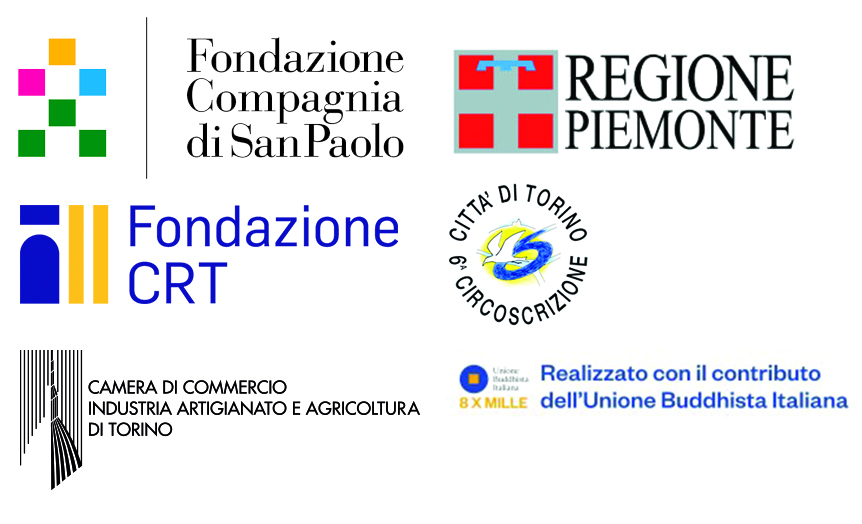Francesco Di Lernia was born in 1966 in Turin, where he lives and works
Francesco Di Lernia was one of the most interesting talents, and perhaps the most original iconographically, of the new Turin and Italian painting that emerged in the early nineties. In some respects, Di Lernia’s style seems to want to revive, in contact with contemporary suggestions, an important tradition of magical and metaphysical Turin painting which, starting with Felice Casorati, continues with Italo Cremona to arrive at the current of the Sixties and Seventies of Surfanta , where, among others, Giulio Alessandri and Enrico Colombotto Rosso are active. Di Lernia’s painting wants to make a mockery of reality. He wants to highlight the inconsistencies, the absurdities, the illogical and paradoxical side. He loves to reveal the small daily atrocities, all those sins that are never serious and never mortal but which punctuate his path with suffocating regularity. Di Lernia’s paintings are like Ionesco’s theatrical staging: up to a certain point everything is logical, coherent, perhaps even boring so much it seems obvious, then that irrational and surreal element comes into play that messes up every floor and demonstrates the groundlessness of the rules, customs, social coexistence. In Di Lernia’s painting figures and landscapes take on a blurred dimension, hinted at and never forged in the round to underline the dreamlike and mental value of the composition. Therefore, the color assumes a central importance. Di Lernia chooses acid and artificial shades in the favorite ranges of blue, yellow and green: they are current colors, typical of our contemporaneity, often used also by communication and such as to go beyond the classic pictorial definition, in order to remove the possibility of a reading too classic. The colors capture or reject the light: the exteriors, the painting en plen air, are particularly cold, the interiors illuminated by a warm, golden spring. It is a necessary measure to differentiate two ways of operating from language and internal structure.
The work at the MAU was created in 2001 on a wall in via Musinè 19, in the first strong expansion of the museum collection and the working methodology following the establishment of the MAU as an autonomous association
http://officinebrand.it/offpost/mau-museo-darte-urbana-artisti-e-opere-5/



